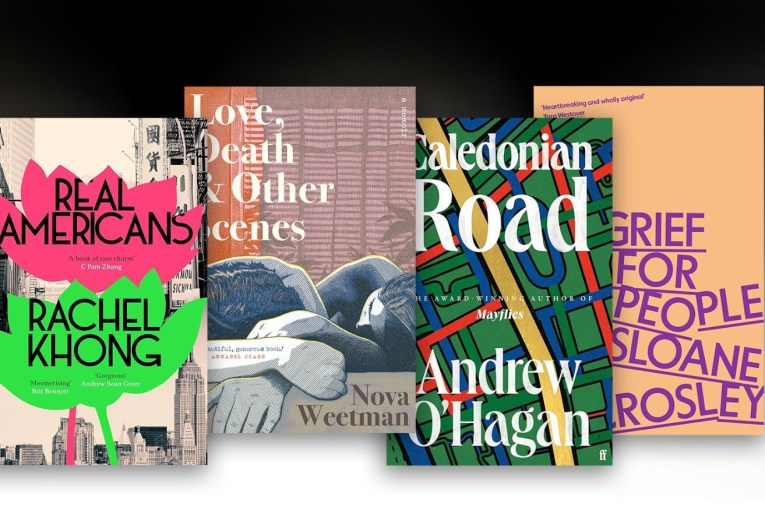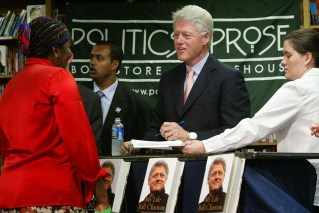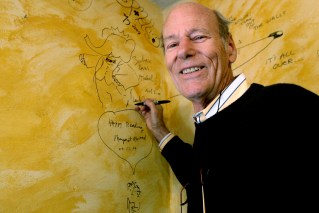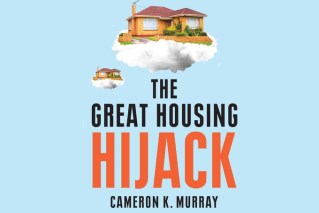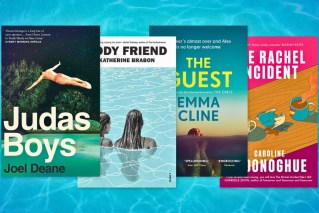How the ‘Harry Potter effect’ changed the face of children’s publishing
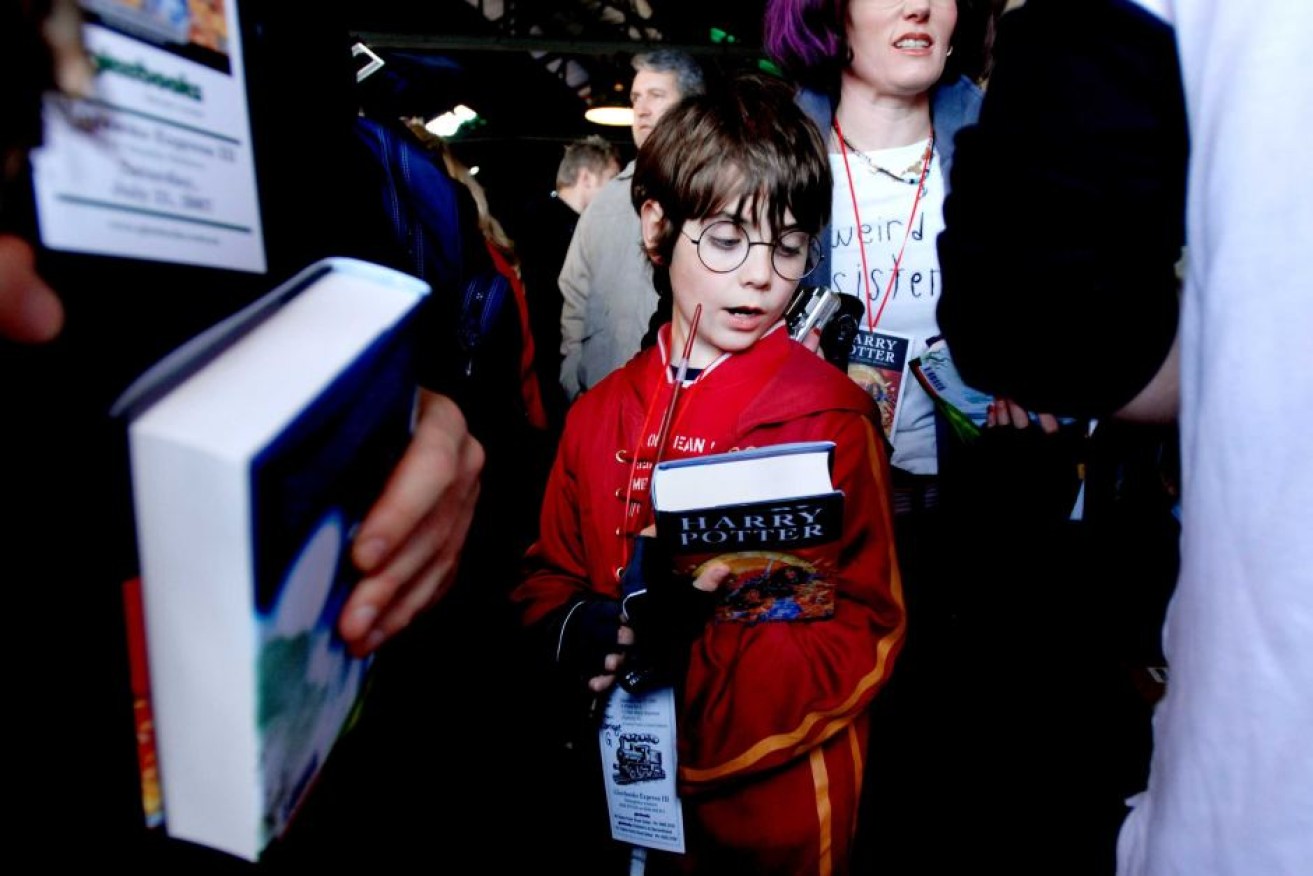
The Harry Potter novels have become the best-selling book series of all time. Photo: AAP
“Words are, in my not-so-humble opinion, our most inexhaustible source of magic.”
So goes the wisdom of Albus Dumbledore, one of the many characters introduced to the world 20 years ago, when the first book in JK Rowling’s Harry Potter series was published.
It is hardly an exaggeration to say the words inside that book cast a spell on the world of children’s literature.
Some of the very first reviews described Harry Potter and the Philosopher’s Stone as “the most imaginative debut since Roald Dahl” and “a hugely entertaining thriller” with “all the makings of a classic”.
Glowing as they were, those early reviews almost undersell the eventual success of the book and its six sequels.

Harry Potter and the Philosopher’s Stone turns 20 this year. Photo: Bloomsbury
The books have collectively sold more than 500 million copies, making them the best-selling series of all time – with the final four novels consecutively setting records for the fastest-selling book in history.
The series has been translated into 73 languages and adapted into eight hugely popular films, as well as spurring spin-off books and films and a lucrative body of merchandise.
In the 20 years since the first novel was published, the world of Harry Potter has grown to be worth more than $25 billion.
But what was it about this skinny, bespectacled 11-year-old with a lightning-shaped scar on his forehead that so captured the imagination — and wallets — of children and adults around the world?
‘Nobody wanted to touch fantasy stories’
To put in plainly, Harry Potter was not widely expected to be a hit, with JK Rowling receiving “loads” of rejection letters before finding success.
Fantasy stories had fallen out of favour by the 1990s, senior lecturer in literature at Deakin University Michelle Smith says, with popular books firmly rooted in reality.
“Nobody wanted to touch fantasy stories — they were seen as old-fashioned,” she says.
“Some people have said, basically, the plot of Tom Brown’s School Days is exactly like Harry Potter, but there was no magic,” she says.
“There was no quidditch but there were school rugby games — Harry Potter really picked up on that older tradition of stories about kids at boarding school.
“They’d become a bit daggy and out-of-fashion when Harry Potter came along, but the addition of witches and wizards and magic gave new life to that formula.”
That magic element would prove to have quite an impact, with fantasy becoming the dominant genre in children’s literature.
“Now we see so many [fantasy] series, whether they’re based on more Gothic themes like Twilight or set in a future dystopia like The Hunger Games,” Dr Smith says.
The series element, too, helped keep Harry Potter in children’s lives.
“So many Harry Potter fans now in their 20s and 30s have such a great attachment to it because every year when they were younger another book would come out,” Dr Smith says, adding that, in the same way the books brought back fantasy, they also popularised series again.
“One reason why it is a phenomenon is because it could take them through so much of their lives in a way most other books for children and young people can’t.
“In every book [the characters] become a bit more mature, the problems become a bit more complicated.”
But it wasn’t just young people reading Harry Potter.
The director of the National Centre for Australian Children’s Literature at the University of Canberra, Belle Alderman, says the series was the first to blur the line between children’s and adult’s books.
“When it was early days for Harry Potter, I was on a plane to America reading Harry Potter and I looked across the aisle and there was this adult reading it — but he was reading a copy with an adult cover,” she recalls.
Dr Smith says many adults will now “happily identify” as Harry Potter fans.
“That’s quite significant because the publishing of children’s books tended to be in a bit of a ghetto where it wasn’t okay for adults to read children’s books,” she says.
A formula that can’t be put into words
And part of the magic is just that — magic.
Booklist contributing editor Ilene Cooper says the phenomenon can’t be totally explained — that sometimes in publishing this kind of thing “just happens; it’s not something you can put into a formula”.
Editorial assistant in the youth department at Booklist, Briana Shemroske, says: “There’s no doubt Harry Potter combines several irresistible elements — unflappable friendships, the triumph of good over evil, love over hate, humour, a world steeped in secrets and dazzling magic.

Many adults will now happily identify as Harry Potter fans. Photo: AAP
“Together, I think these things allow us to see the magic in everyday life … but then again, many of these elements have been combined before and after Potter with nowhere near the same amount of success.”
It’s clear something about this mystical formula has charmed children, with the “Harry Potter effect” eliciting excitement from children about reading in a way no other series has.
Dr Alderman says word-of-mouth has played a role in this, particularly in reaching kids without a natural interest in books.
“The easiest way to get a book in a child’s hand is a friend that they know who has read it — so many children have read them and loved them, then it’s passed around,” she says.
‘Seven books can only do so much’
Some research, however, has questioned the impact Harry Potter has had on shaping a wider appreciation for reading.
“Seven books, no matter how inspiring, can only do so much to compete with everything else demanding the attention of children and teens,” she says.
“I think it’s important to focus on those who are impacted by Harry Potter — those who are forever changed, influenced, and inspired.
“As long as books have that kind of power, I think there’s hope for readers, writers, and increasing reading levels, too.”
Ms Shemroske’s own research has looked into the changing page length of Booklist-reviewed novels for children aged eight to 12, between 1976 and 2016.
She says among children who do read there is a distinct trend towards longer books, and she believes Harry Potter may have played a role in that.
“The results, a 37 per cent increase in page lengths between 1996 and 2006, and a 115 per cent increase between 2006 and 2016, led us to believe that Harry Potter — with its own hefty page counts — could be partially responsible for the bigger books we are seeing more and more of,” she says.
Although Ms Shemroske admits her research is “in no way comprehensive”, it is a train of thought echoed by other experts.
Dr Alderman says it was not normally the case that children would read long books.
“Even the first book of Harry Potter was quite long and quite complex with a large cast of characters and a lot of things that were happening,” she says.
“The editors and people who were reading it [were] thinking, ‘Who would buy this for a child? … [but now] people are thinking it’s okay to have a very long book.”
Children’s books are big business
These practical effects on the world of publishing reflect one of the most significant legacies the Harry Potter books have left — money.
Dr Smith says the Harry Potter series changed people’s ideas about the monetary possibilities of children’s books.
“It radically changed the importance with which children’s books were viewed,” she says.

The Harry Potter films have become the second highest grossing film series of all time. Photo: Warner Bros
“People began to realise children’s publishing was actually a very serious business, that you could make more money from children’s publishing than publishing for adults.”
That includes expansion beyond the selling power of the books themselves — the Harry Potter movie adaptions have found phenomenal success, becoming the second-highest grossing film series of all time.
“Harry Potter is really the pioneer of opening up how young people and readers could be consumers of film and other products as well,” Dr Smith says.
“It’s been common for popular children’s novels to be adapted into film but it took Harry Potter to show you could actually turn a book series into eight successful films and the audience would support that the whole way through.
“The profit on those films and all of those books is astronomical.”
The series has also led to a film studio tour in London which opened in 2012, the Pottermore website and its regular flow of updates and insights from Rowling, and the launch of The Wizarding World of Harry Potter theme parks around the world.
And Rowling’s spin-off book, Fantastic Beasts and Where to Find Them, was adapted to film in 2016, the first instalment of an anticipated five in the Fantastic Beasts series.
As Dr Smith says, readers can “literally immerse” themselves in the world of Harry Potter.
“Tying in with the movies, the whole range of merchandise, the theme parks — that whole multimedia aspect of Harry Potter makes the books the touchstone to go back to,” she says.
“It became something a whole generation wanted to read, and watch the movies, and buy the toys, so in that way it was the first phenomenon from books that crossed over into all the other ways that young people now consume media.”
A modern classic?
Dr Smith says it’s difficult to know if Harry Potter will maintain its popularity over the next century or two.
But with bookshops, libraries, schools and fans all around the world planning celebrations to mark the 20th anniversary of Harry Potter and the Philosopher’s Stone, it’s clear the popularity of the series has not waned yet.
Dr Alderman says it has all the makings of a modern classic.
“It’s well written, it’s got characters you care about, it’s got wonderful detail — it’s sort of like a concoction that just is so delectable that you want everybody you know to read it,” she says.
“It’s so palatable, so delectable, so approved by so many people, that it has changed the world of children’s literature forever.”
– ABC
